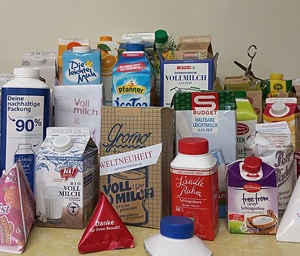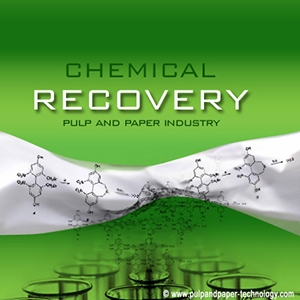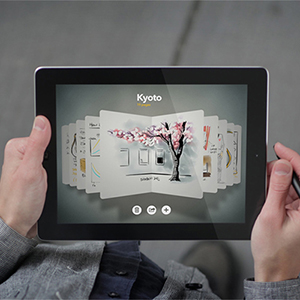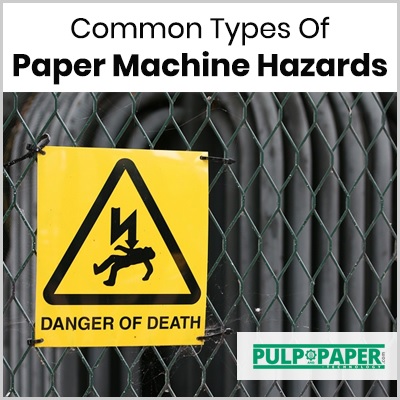The Future of Packaging: Trends in Paper-Based Solutions
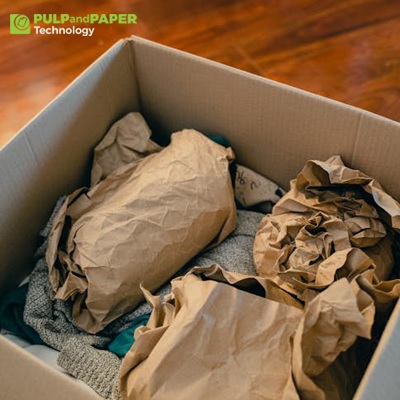
Introduction
Packaging is an essential aspect of modern commerce, influencing everything from product protection and transportation to branding and customer experience. As environmental concerns become increasingly prominent, the packaging industry is undergoing a significant transformation. One of the most promising developments in this sector is the shift towards paper-based solutions. These innovations are driven by the need for sustainable, eco-friendly packaging options that reduce environmental impact without compromising on functionality or aesthetics. This article explores the current trends and future prospects of paper-based packaging solutions.
A. The Rise of Sustainable Packaging
Sustainability is no longer a buzzword but a critical consideration for businesses and consumers alike. The demand for sustainable packaging is driven by several factors:
Environmental Impact: Traditional plastic packaging is notorious for its negative impact on the environment. Plastic pollution is a global issue, with millions of tons of plastic waste ending up in oceans and landfills each year. Paper-based packaging, on the other hand, is biodegradable and recyclable, offering a more environmentally friendly alternative.
Consumer Preferences: Today's consumers are more environmentally conscious than ever before. They are willing to pay a premium for products that come in sustainable packaging. This shift in consumer behavior is pushing companies to adopt eco-friendly packaging solutions.
Regulatory Pressure: Governments around the world are implementing stricter regulations to curb plastic pollution. Bans on single-use plastics and mandates for recyclable packaging materials are becoming more common, driving the shift towards paper-based packaging.
B. Innovations in Paper-Based Packaging
The paper-based packaging industry is evolving rapidly, with numerous innovations enhancing the functionality, durability, and appeal of paper packaging. Here are some of the key trends:
Advanced Coatings and Treatments
One of the challenges of paper-based packaging has been its vulnerability to moisture and grease. However, advancements in coatings and treatments are addressing these issues. For example, water-resistant coatings are being developed to protect paper packaging from moisture, making it suitable for a wider range of products, including food and beverages.
Enhanced Strength and Durability
Innovations in paper manufacturing techniques are resulting in stronger and more durable paper packaging. Reinforced paperboard and corrugated cardboard are now capable of providing the same level of protection as traditional plastic packaging. This makes paper-based solutions viable for heavy or fragile items.
Customizable Designs
Paper-based packaging offers unparalleled flexibility in design. Companies can create custom shapes, sizes, and prints to enhance their brand identity and improve the unboxing experience for customers. Digital printing technologies are making it easier and more cost-effective to produce high-quality, customized packaging.
Functional Features
Modern paper-based packaging can incorporate various functional features, such as easy-open tabs, resealable closures, and built-in handles. These features improve the user experience and add value to the packaging.
Edible Packaging
One of the most exciting innovations in the paper-based packaging industry is the development of edible packaging. Made from natural, food-grade materials, edible packaging is designed to be consumed along with the product. This innovation has the potential to significantly reduce packaging waste.
C. Major 4 Applications of Paper-Based Packaging
Paper-based packaging is versatile and can be used across a wide range of industries. Here are some notable applications:
1. Food and Beverage Industry
The food and beverage industry is one of the largest adopters of paper-based packaging. From takeout containers and coffee cups to snack wrappers and beverage cartons, paper-based solutions are widely used to package food products. The use of biodegradable and compostable materials is particularly important in this sector, where reducing plastic waste is a top priority.
2. E-commerce
The e-commerce boom has increased the demand for sustainable packaging solutions. Paper-based packaging, such as corrugated boxes and padded mailers, is ideal for shipping products. These materials provide the necessary protection during transit while being lightweight and cost-effective.
3. Personal Care and Cosmetics
Brands in the personal care and cosmetics industry are also embracing paper-based packaging. Luxurious, high-quality paperboard boxes and containers are used to package skincare, haircare, and makeup products. These packaging solutions not only look appealing but also align with the industry's sustainability goals.
4. Retail and Consumer Goods
Retailers are increasingly using paper-based packaging for a variety of consumer goods. From clothing and accessories to electronics and household items, paper packaging offers a sustainable alternative to plastic. Customizable designs and printing options allow retailers to create unique packaging that enhances the customer experience.
D. Challenges and Solutions
While paper-based packaging offers many benefits, it also comes with challenges. However, ongoing research and development are addressing these issues:
a. Barrier Properties
Paper lacks the natural barrier properties of plastic, making it less effective at protecting products from moisture, oxygen, and other external factors. To overcome this, researchers are developing new coatings and laminates that enhance the barrier properties of paper without compromising its recyclability.
b. Cost
Producing high-quality paper-based packaging can be more expensive than plastic alternatives. However, as demand increases and production processes become more efficient, the cost is expected to decrease. Additionally, the long-term environmental benefits and potential regulatory incentives make paper-based packaging a cost-effective choice in the long run.
c. Recycling and Composting Infrastructure
For paper-based packaging to be truly sustainable, robust recycling and composting infrastructure is essential. Governments and industry stakeholders must invest in improving waste management systems to ensure that paper packaging is properly recycled and composted.
E. The Future of Paper-Based Packaging
The future of paper-based packaging looks promising, with several trends set to shape the industry:
Circular Economy
The concept of a circular economy is gaining traction, with a focus on designing packaging that can be reused, recycled, or composted. Paper-based packaging fits well into this model, as it is inherently recyclable and biodegradable. Companies are working towards creating closed-loop systems where packaging materials are continuously recycled and repurposed.
Smart Packaging
Technological advancements are enabling the development of smart paper-based packaging. Embedded sensors, QR codes, and NFC tags can provide real-time information about the product, such as its origin, freshness, and usage instructions. Smart packaging enhances the consumer experience and provides valuable data to manufacturers.
Biodegradable and Compostable Materials
The use of biodegradable and compostable materials is expected to increase. Innovations in plant-based and bio-derived coatings and adhesives will further enhance the sustainability of paper-based packaging.
Collaboration and Innovation
Collaboration between stakeholders, including packaging manufacturers, brands, and governments, is crucial for driving innovation in paper-based packaging. Joint efforts will lead to the development of new materials, technologies, and best practices that promote sustainability.
Conclusion
The future of packaging lies in sustainable, eco-friendly solutions that minimize environmental impact. Paper-based packaging is at the forefront of this movement, offering a viable alternative to plastic. With ongoing innovations in materials, design, and functionality, paper-based packaging is set to revolutionize the industry. As consumer preferences shift and regulatory pressures increase, the adoption of paper-based packaging solutions will continue to grow, paving the way for a more sustainable future.




